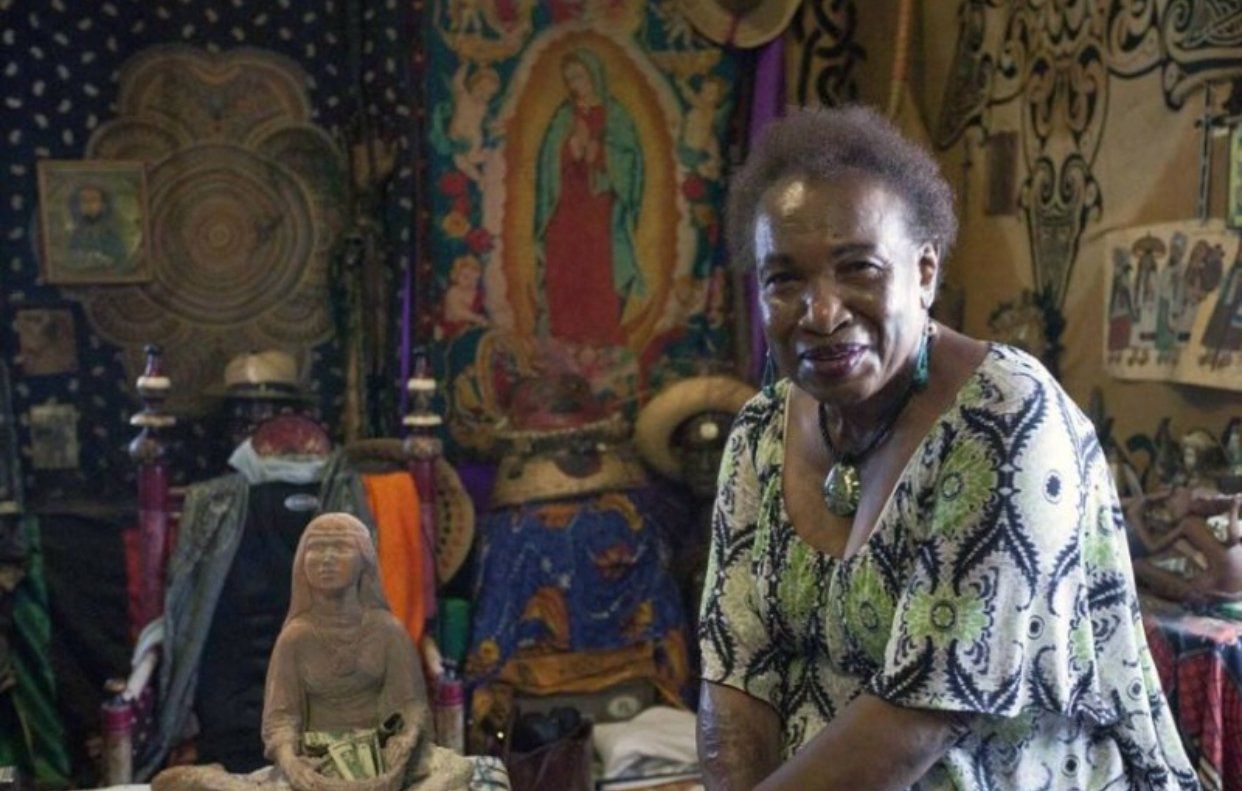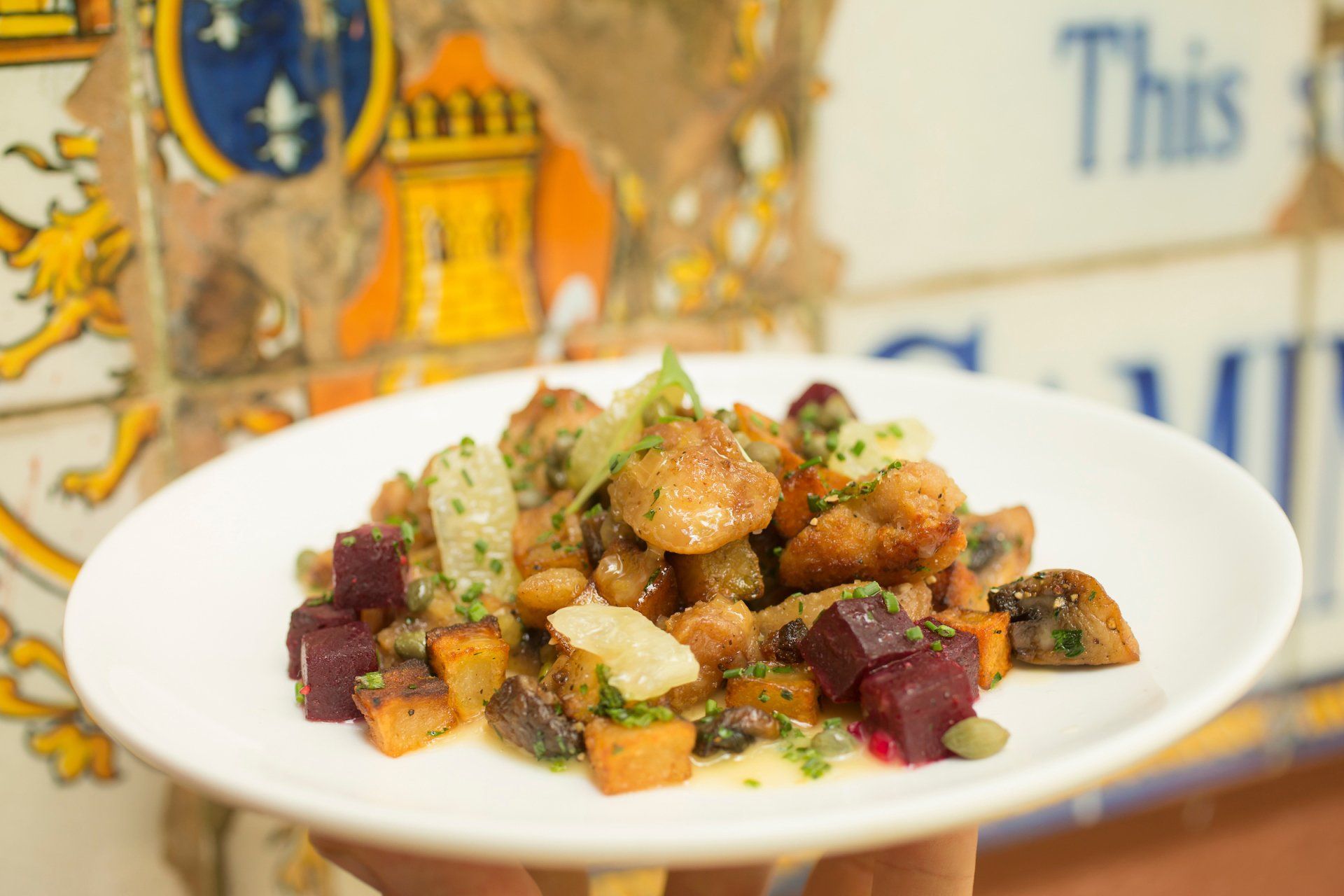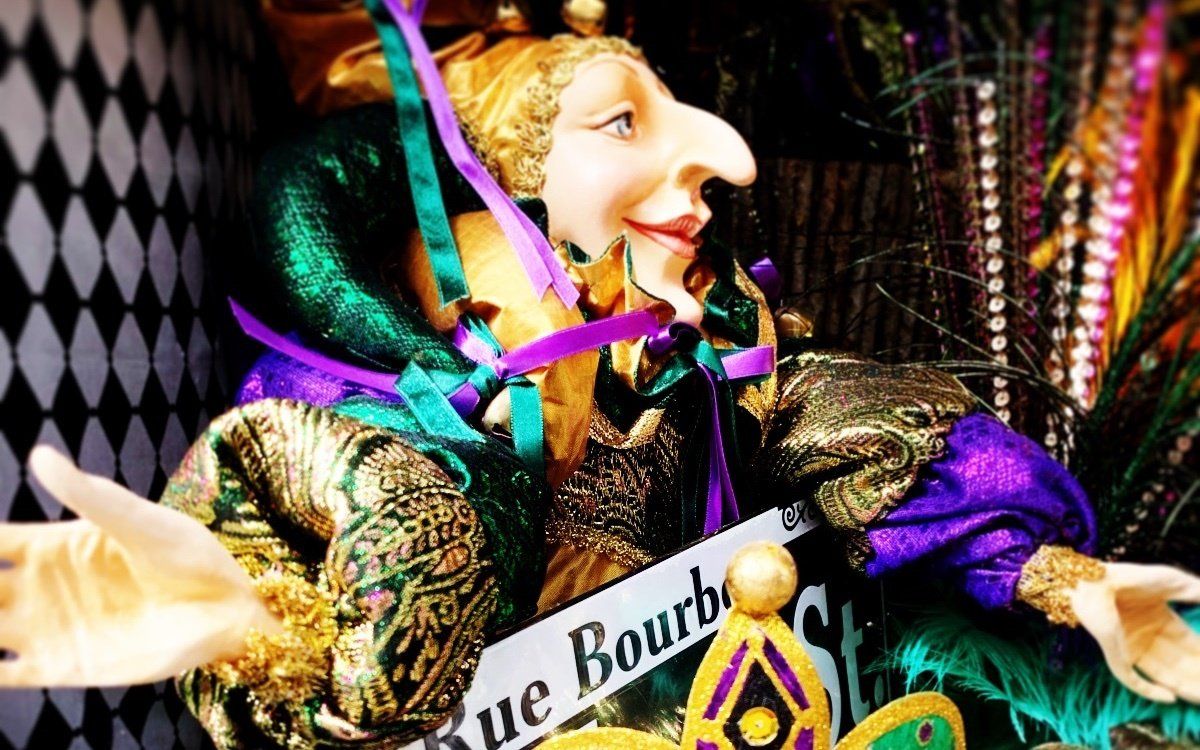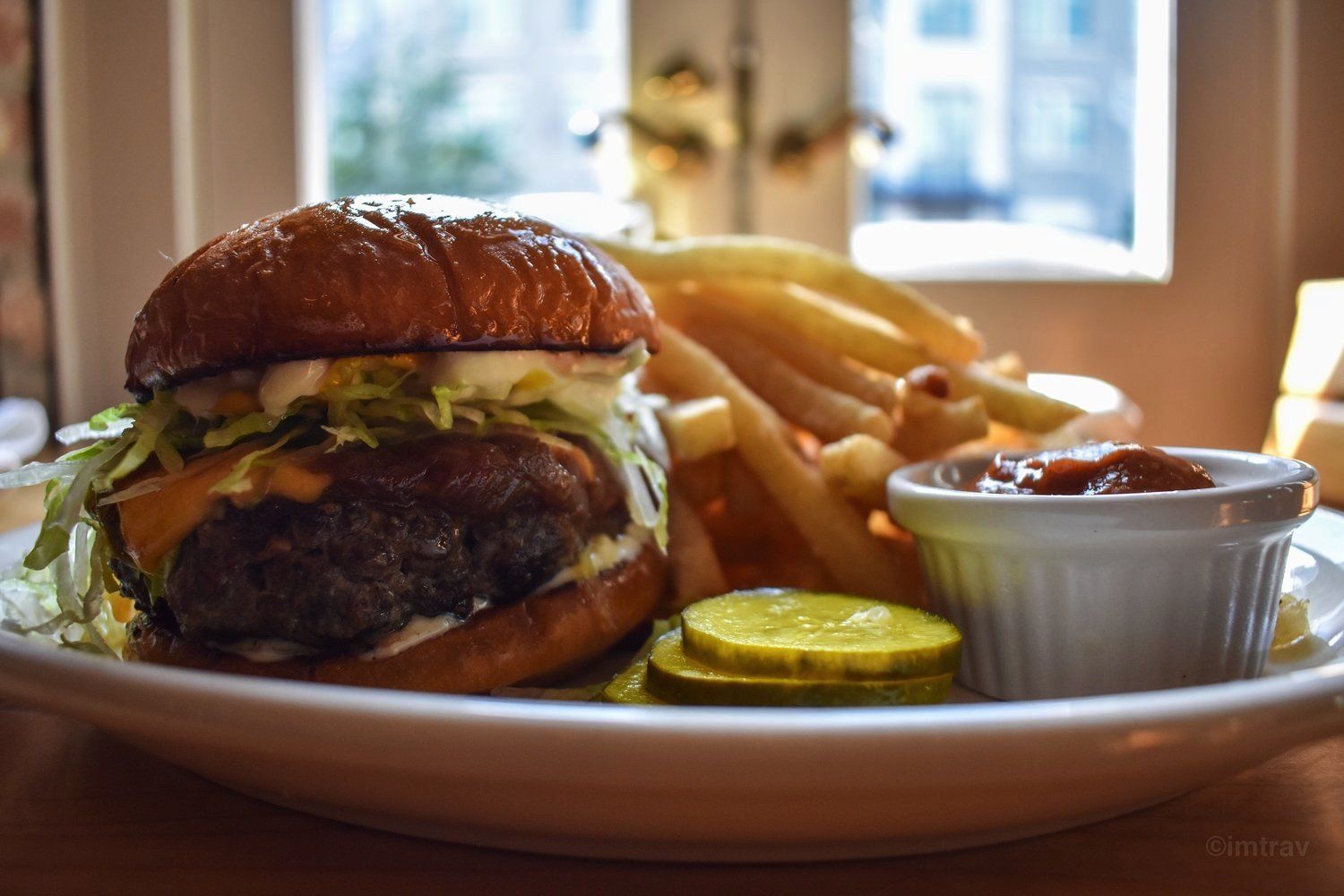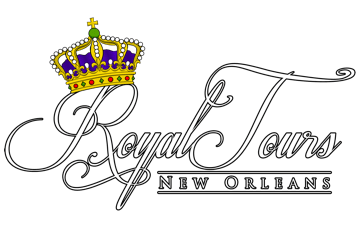Once in bondage, slaves were stripped of everything. According to one writer, “The Blacks suffered under merciless circumstances. Also, their property, family, and social structures were all torn to shreds. They had nothing left except their Gods to whom they clung when all was ripped away.” In Haiti and elsewhere, there was an attempt to strip them even of that, their “heathen” beliefs being rigorously suppressed, and in the slave colonies ruled by the French Catholicism was forced upon them. However, the slaves “worshiped many of their Gods unbeknownst to the priests, under the guise of worshipping Catholic saints.”
The Origins of New Orleans Voodoo
Royal Tours New Orleans • March 12, 2018
The Origins of New Orleans Voodoo
New Orleans Voodoo consists of various African beliefs that are mixed with Catholic elements. But, to understand New Orleans Voodoo, one must first understand the city and how its mix of influences – Catholic, Animist, French, Spanish, Caribbean, American – have combined to make it like no other place in the world.
The history of voodoo in New Orleans began with the arrival of slaves in the New World, most of them from the western “Slave Coast” area of Africa, notably from Dahomey, now Benin, Nigeria, and Congo. In Benin’s Fon language, vodun means “spirit,” an invisible, mysterious force that can intervene in human affairs.” But, the Congo practices are what form the major African influence on both Hoodoo (African American folk magic) and New Orleans Voodoo. The veneration of the dead, mojo hands, and homage to “Li Grand Zombi” can all be traced to Congo vodun traditions.
To learn more about the history of voodoo in New Orleans, join Royal Tours
for a private tour of the French Quarter. Join an actual Vodun priest or priestess for an exclusive tour and learn the history of Voodoo in New Orleans and how it is practiced today. Email
or call us at 504-507-8333 to book your private tour in the French Quarter.
Elements of voodoo spread from Haiti to New Orleans in the wake of the Haitian slave revolt (1791-1804) and enhanced the voodoo practices already alive in the city. The refugee plantation owners fled the Caribbean to Louisiana with their slave retinues which had previously toiled under such repressive circumstances that their African religion “had all but withered.” The arriving slaves who had already lived under French rule and Catholicism found themselves on familiar ground with the strong French and Catholic influence in New Orleans. In addition, oppression lessened somewhat with American rule, following the Louisiana Purchase of 1803, and with the influx of thousands of voodoo practitioners, soon “New Orleans began to hear the beat of the drum”.
Today, New Orleans voodoo has grown and is widely practiced in and around New Orleans. Many adherents will visit one of several reputed tombs of Marie Laveau in St Louis Cemetery #1 and leave gifts or small offerings of food or water.
Avoid the large impersonal group tours. Join Royal Tours
for a private tour of the French Quarter. Email us
or call us at 504-507-8333 for details. Being on tour with Royal Tours
is like having a new best friend in the French Quarter.
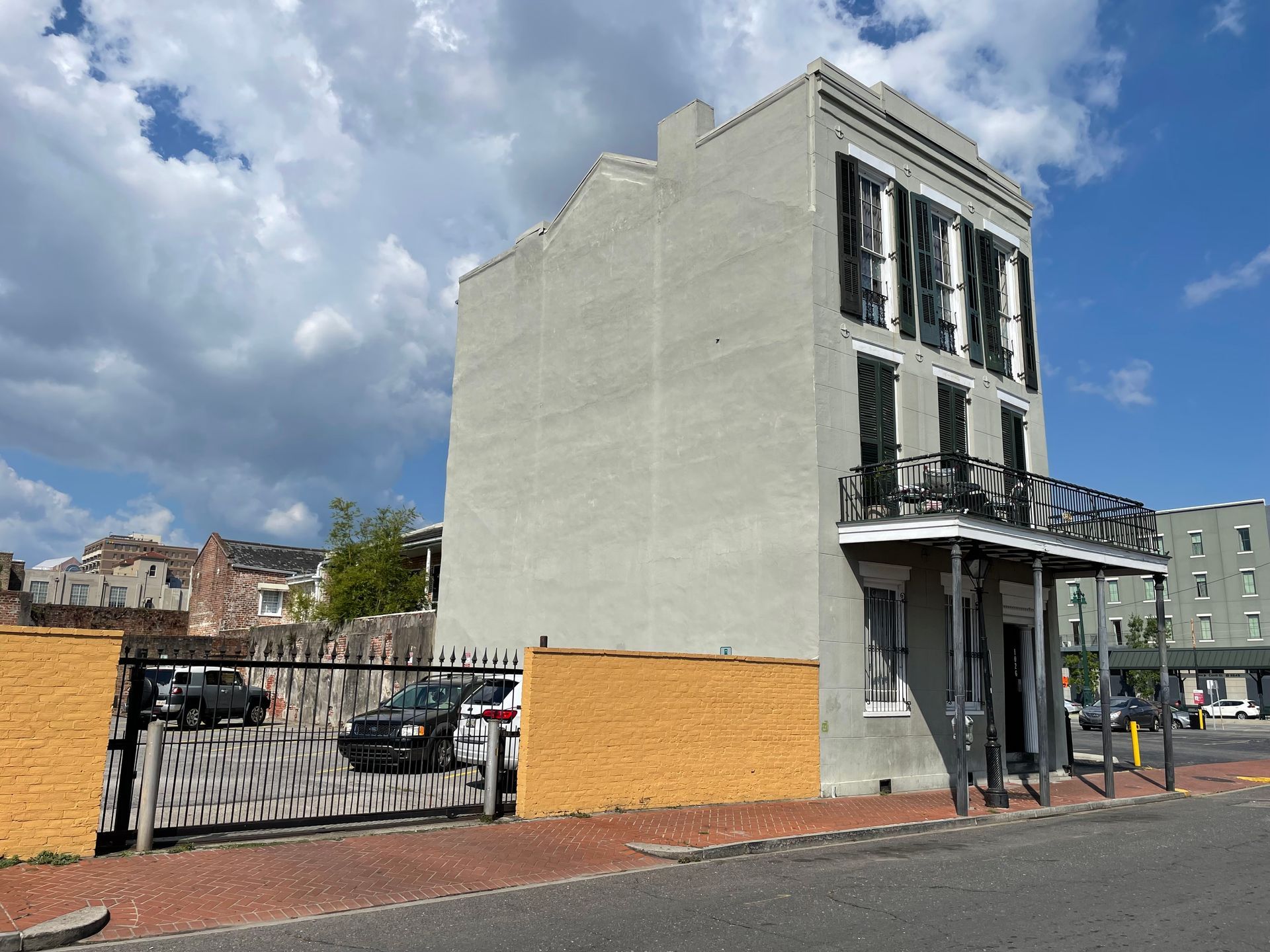
N orma Wallace, a name that evokes intrigue and fascination, was a prominent figure in New Orleans during the early and mid-20th century. As a powerful and resourceful madam, she operated a network of brothels that thrived despite the constant threat of law enforcement. Beginning in 1920, she would operate brothels for the next 45 years, a span that has not been beaten in the history of New Orleans.

